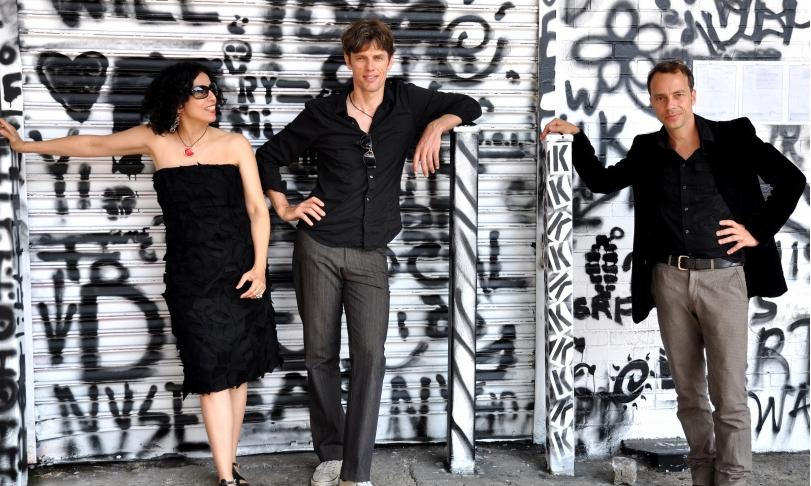
Shortly before the release of this album the headline "The Brazilian singer and guitarist João Gilberto is dead" went through the press. João Gilberto, together with singer and composer Antônio Carlos Jobim, is considered the inventor of Bossa-Nova. He was 88 years old and spent the last years of his life withdrawn and allegedly impoverished in Rio de Janeiro. At the end of the 1950s he achieved world fame as a singer with "The Girl from Ipanema", a song that was written together with Antônio Carlos Jobim, who, together with saxophonist Stan Getz, with whom Gilberto recorded several albums, which song caused a sensation as a number one hit in the charts, which carried the Bossa Nova from Brasilia out into the world and over the years has been covered countless times by Frank Sinatra, among others.
The Bossa Nova is a sexy and vivacious, at the same time morbid mixture of Samba Canção and Cool Jazz and is originally based on an often whispering vocal style. The singer of the Bossarenova Trio, Paula Morelenbaum, who is active on Atlântico, interprets the Bossa Nova in a completely different way: instead of the whispering singing she cultivates an open way of singing and the trio with Joo Kraus (tp, horn, fx), Ralf Schmid (p), and Amoy Ribas (perc) support this approach not exactly sparingly with recording tricks, arriving at a very lively, dynamic instrumental accompaniment, which replaces the restrained, gentle accompaniment, as it was originally usual. The "nova" in the name of the trio takes account of this fact, which after more than 60 years of Bossa-Nova is not only justified, but fortunately brings a breath of fresh air into the South American Samba/Cool Jazz mixture. Apart from "The Man I Love", Paula Morelenbaum retains the original Portuguese of Bossa Nova, which is a good decision, since this language contributes decisively to the lascivious glimmer of Bossa Nova, which is painfully missed in "The Man I Love" sung in English.
The trumpeter Joo Kraus, the pianist and arranger Ralf Schmid, and the singer Paula Morelenbaum from Rio De Janeiro got to know each other on the occasion of the Bossarenova Bigband project of the SWR Bigband in 2009, which was realized in order to trace the effectiveness of the Bossa-Nova in our time. The success of the project was the reason to bring the Bossa-Nova on stage in concentrated instrumental form of a trio with Paula Morelenbaum as singer. The success due to the enormous audience response was not long in coming. In the meantime, the Bossarenova Trio with its singer has been successful worldwide with concerts in San Francisco, New York City, Berlin and Hamburg.
The extroverted Bossa-Nova of this trio and this singer is a mixture of the original Brazilian Bossa-Nova and the classical European song, which explains up to a certain point that the new Bossa-Nova is more tangible but also more varied than the Brazilian original. One can probably speak of a bridging of cultures and congratulate the Bossarenova Trio and its brilliant singer on this coup, which finds enthusiastic supporters on both sides of the Atlantic.
Bossarenova Trio









